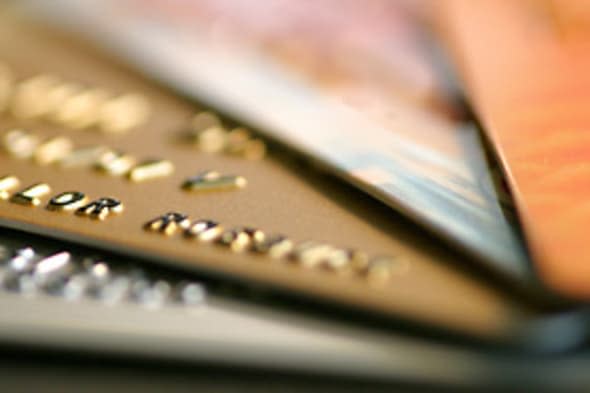Interest free credit cards - 5 things you need to know

In the 1990s, when interest-free credit cards first arrived on the market, we stopped thinking of using credit cards as borrowing and getting into debt, because it felt like being given free money.
Now interest-free deals can run for as long as three years, so it feels like endless free money.
However, if there's one thing the credit crunch taught us, it's that eventually everything has to be repaid. So before you consider getting an interest free credit cards, there are five things you need to know.
1. This isn't free money: you need to make a plan for paying it back
This seems obvious, but you will have to battle everything your subconscious throws at you. The separation of buying things and paying for them is a dangerous thing psychologically, because it's easy to forget the second half of the equation until it's too late. If you fail to pay the money back by the end of the interest-free period, you will have needlessly created a debt problem.
The only sensible way to use interest free cards is to make the single purchase you were intending to make, and work out how much you need to repay each month in order to pay it all off by the end of the interest-free period. Then set up a direct debit for this amount every month.
%VIRTUAL-ArticleSidebar-credit-cards%
2. You will be tempted to spend more
A study by the Massachusetts Technology Institute in 1998 found that we can easily become victims of mental accounting, because the pleasure of spending is divorced from the pain of paying. With an interest-free card, we don't feel the pain when we spend (because we don't have to pay a penny for more than a year), so we are less likely to be able to control how much we are spending.
It can also seem easy to borrow a little more when we have a monthly shortfall, but paying for the essentials on credit is one of the arming signs that you are building up a serious debt problem.
3.There will be fees in the small print
The card providers don't make any money from lending you money for free, so they have to make it another way. Before you get a card, therefore, it's worth checking the fees you may be charged.
On a balance transfer card, the most common is a transfer fee, which is a percentage of the amount you want to move over to the card, and tends to be around 3%. You can shop around for lower fees, and one Tesco card is currently on offer with no transfer fee, but it pays to be aware of it.
On a balance transfer card you also need to be aware of the APR for purchases. Don't be tempted just to spend on the card because the credit is available, because you may be borrowing at a punitive rate. If you get a balance transfer card and subsequently need to borrow more, consider a 0% purchases card.
You also need to think carefully about why you need to add more debt to the pile, and whether the solution is more debt or a rethink of your finances.
Article continues below

Compare credit cards
4. Mistakes will be costly
If you are late with a payment, miss a monthly payment, or exceed your credit limit, you will be charged a fee. This is usually around £12, but if you do this regularly the costs can be far higher. If you regularly break the rules, the card provider may deem you to present more of a risk than they first envisaged, so they may withdraw your access to free debt, and move you onto a standard credit card with a painful interest rate. Around 30% of people with an interest-free deal end up being moved onto the standard rate.
To avoid this fate, you need to set up a direct debit to pay off at least the minimum every month. The sensible option is to set it up to pay whatever you need to in order to pay off what you have borrowed during the interest-free period.
Find the right credit card for you
5. If you are rejected for one don't apply for another one, check your credit rating
These cards often require an impeccable credit rating before you can borrow at 0%. If you are rejected by a credit card provider, don't just apply for another, because having several applications close to one another will leave a footprint on your credit record, and make lenders even less likely to offer you a 0% card.
Instead, check your credit record to see whether there is a mistake or an omission which is preventing you from getting credit. It may be that you are not on the electoral record, or that you are erroneously linked with a former partner, so you can put that right and improve your chances of being accepted before you make another application.
Credit cards on AOL Money
Prepaid credit cards explained
The Fixer: turned down for credit
How long does it take to improve your credit score?



